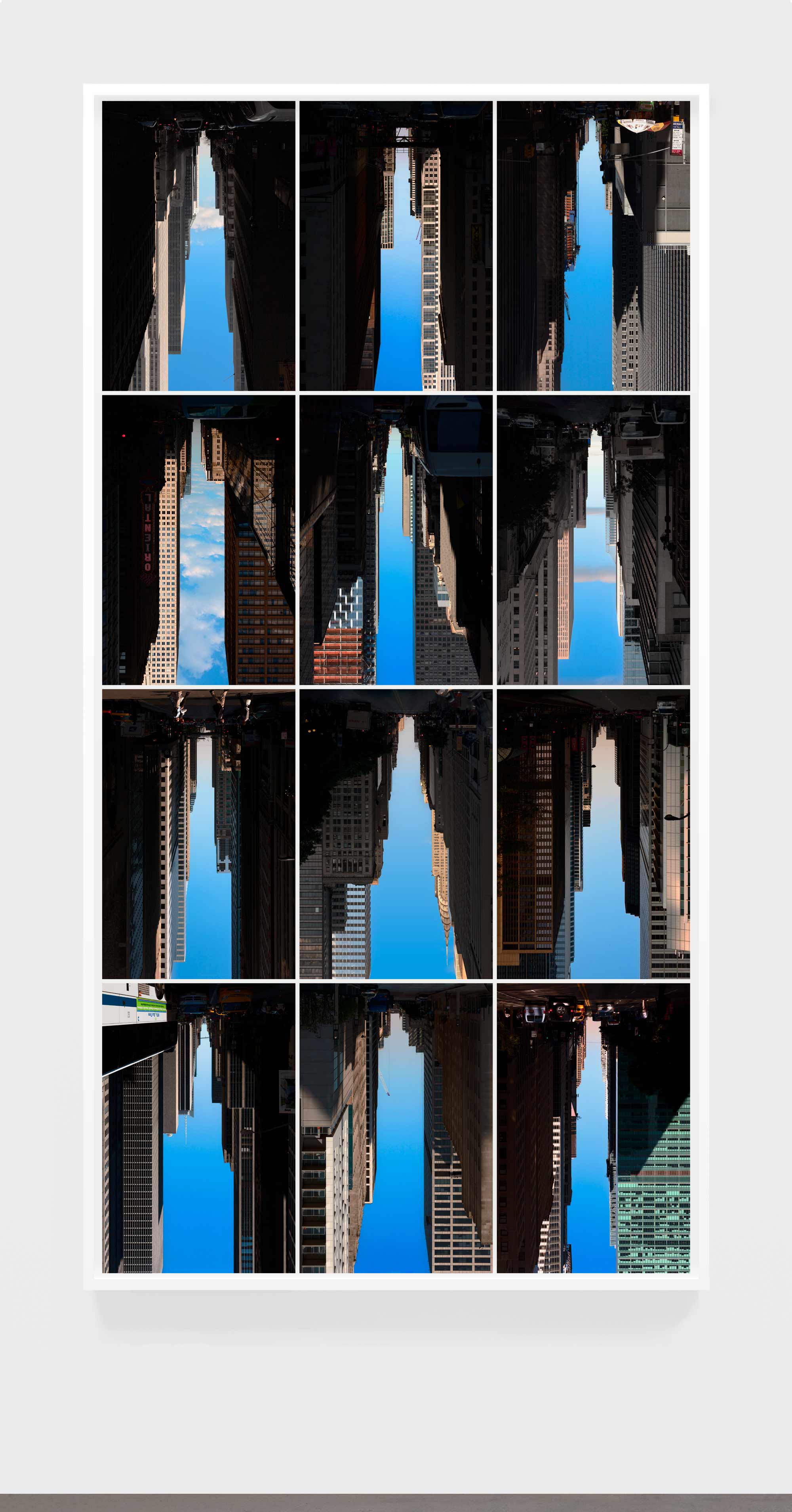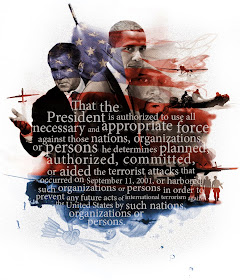«Imagine you wake up, locked inside a box. It’s only just big enough to hold your body but sufficiently small that you can’t move.» A stunning story about people suffering from locked-in syndrome and a doctor who thinks he has found a way to communicate with them.
From Weekly Filet #161, in May 2014.
🔗
I can only spoil this wonderful piece by writing an introduction to it, so the intro ends right here.
From Weekly Filet #160, in April 2014.
🔗
Eine ergreifende Geschichte über den Neffen des Autors, der mit 18 einem Gehirntumor erlag. Dieser eine Satz geht mir nicht mehr aus dem Kopf: «Ihn leben lassen, indem sie ihn sterben lassen.»
From Weekly Filet #160, in April 2014.
🔗
The technology we build always reflects (and reinforces) mindsets, often without us knowing or consciously noticing it. Photography provides a striking example: Films used to be optimised for white skin at the expense of darker skin colors. The technical bias was finally addressed, ironically, not because of black people, but because white advertisers needed images of chocolate and wood furniture to look better. Syreeta McFadden’s article is also a personal story: What it means for a child when you don’t recognise yourself on photographs. A great read.
From Weekly Filet #158, in April 2014.
🔗
Photographer Graham MacIndoe has, over several years, captured intense moments of one man’s heroin addiction. His own. In an interview with his girlfriend, who had left him at that time, he speaks about how he slipped into addiction, how he got out and how the self-portraits came about. Well worth your time.
From Weekly Filet #153, in March 2014.
🔗
You have never seen New York City like this. You probably have never seen the sky like this, either. Artist Peter Wegner uses the negative space between NYC buildings to create what he calls «buildings made of sky». I’m in awe.
From Weekly Filet #151, in February 2014.
🔗
Picture this: You walk though the city on a sunny afternoon. One thing is a little strange. Some people and buildings are blurred, just like you know it from Google Street View. Why is that? Some are blurred because you chose not to be bothered with them. Others the state has blurred for your convenience or because you’re not eligible to see them. And then, there are blurred things you can unlock by paying a fee, because they are part of a freemium reality. Scary? Yes. Far-fetched? Not so sure. When thinking about the prospects of «augmented reality», we should probably think about «diminished reality», too.
From Weekly Filet #150, in February 2014.
🔗
It’s time to rethink our nightmares about surveillance. A great read about tear gas and Twitter and surveillance by seduction.
From Weekly Filet #150, in February 2014.
🔗
An academic’s cri de coeur and an important essay: Tom Nichols analyses the perilous rise of the notion that «everyone’s opinion about anything is as good as anyone else’s.» While I certainly do not share his opinion that this development was «Google-fueled, Wikipedia-based», his description of the status quo and its effects on society is spot on.
From Weekly Filet #147, in January 2014.
🔗
Written in the frenzied, emotional days after 9/11, the «Authorization for the Use of Military Force» was intended to give President Bush the ability to retaliate against whoever orchestrated the attacks. But more than 12 years later, this one broadly-phrased sentence remains the primary legal justification for nearly every covert operation around the world. Buzzfeed has a brilliant longread on how that sentence came to be, the one woman who voted against it and what it’s since come to mean.
From Weekly Filet #146, in January 2014.
🔗
Make sense of what matters, today and for the future.
Every Friday, carefully curated recommendations on what to read, watch and listen to. Trusted by thousands of curious minds, since 2011.
Undecided? Learn more | Peek inside






